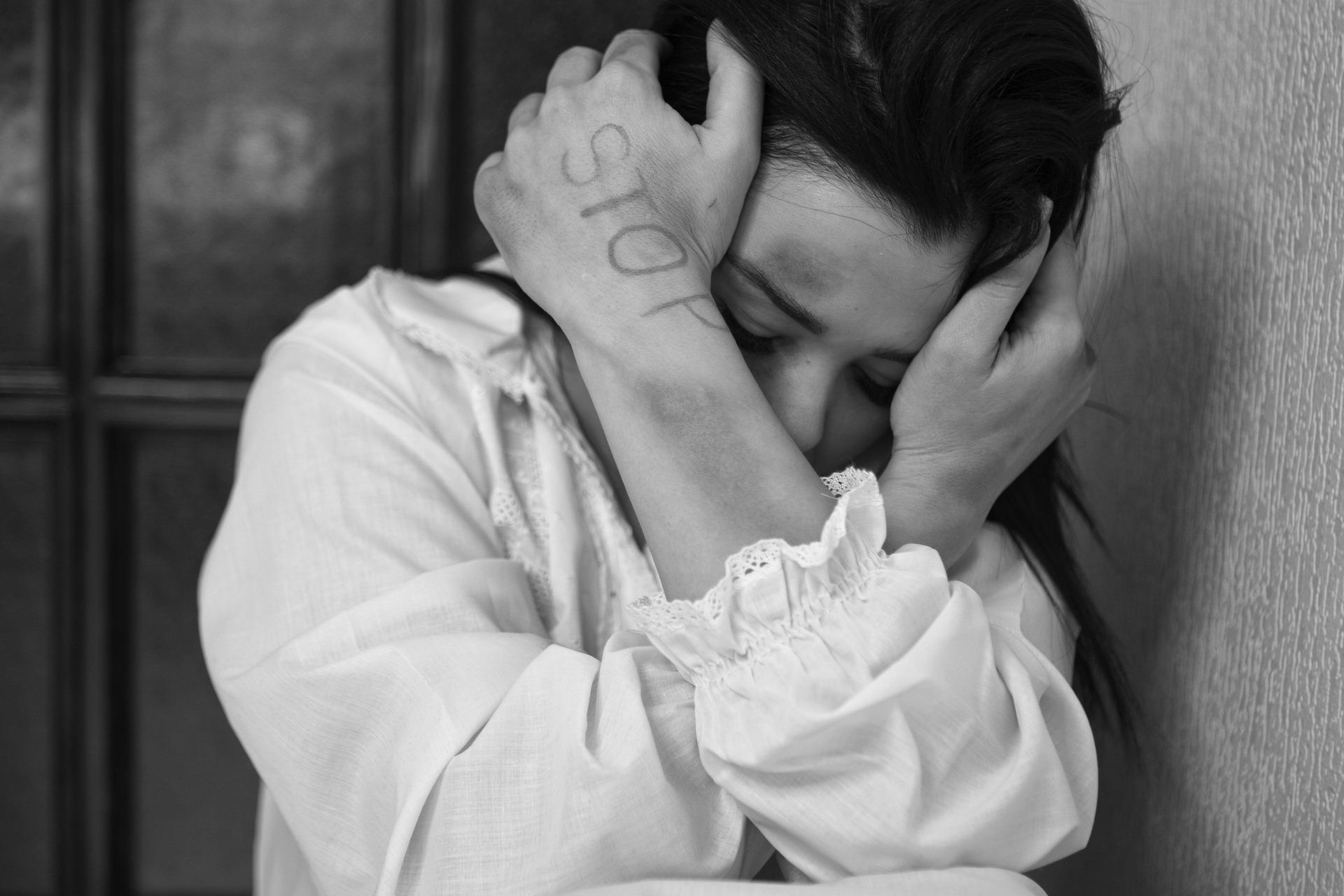
*Please note, this article is written from the perspective of a mom, to other moms, because that is my personal frame of reference. I recognize there are domestic violence scenarios in which men and fathers are also victimized.
Domestic Violence Awareness Month hits me a little differently now that I’m a mom and my life is so intertwined with that of my child.
In motherhood, domestic violence is no longer about a singular human being abused, it’s about a unit of people — a mom and her children — being victimized. Domestic violence is different if you’re a mom, because the abuse is no longer just impacting you.
As backward as it may seem, sometimes we women can get pretty judgy about other women we see or hear about who are dealing with domestic violence.
“I don’t understand why she doesn’t just leave.”
“If I were her, I would’ve left a long time ago.”
“I can’t believe she doesn’t care enough about her kids to just pack up and go.”
Instead, I urge you to imagine yourself thinking about all of these things — at the same time — in the middle of a traumatic, dangerous situation: housing, shelters, money, physical safety, packing away important documents, work, daycare, school, lawyers and court and custody battles, getting your kids taken away, navigating public benefits, and everyone’s mental health.
It’s exceptionally more complicated than: “Well, I’d just figure it out.”
So let’s take a collective minute, regroup, and inform ourselves about ways we can (safely) help someone escape and recover from domestic violence.
1. Listen
There’s a difference between being a listener and being a problem solver. Before you jump in to help someone who is experiencing domestic violence, take the time to REALLY listen to their story. Be a safe and confidential place for them to unpack what’s happening and how they’re feeling.
2. Affirm
Affirm that people have the right to be in a romantic relationship that feels safe — emotionally and physically. Remind them that they don’t deserve to be hurt, and it’s not their fault. Acknowledge that their situation is scary, difficult, and lonely. Be someone who helps them feel empowered and capable.
3. Help make a safety plan
Find a safe place for them to go if they do decide to leave. Make sure they have access to a hotline and other emergency contacts. Help them make and hide an emergency bag with important documents, keys, cash, a burner phone, etc.
4. Respect their choices
It’s difficult to leave an abuser, and sometimes it’s very dangerous. It’s not helpful to criticize, talk down to, or make them feel guilty. Remember, it often takes a victim of domestic violence several attempts to leave for good.
5. Volunteer
The following organizations provide wonderful services and have many ways you can help: Casa Myrna, HAWC, The Network/La Red, Rosie’s Place, and REACH.
You have the strength to be the one to break the cycle.
The National Domestic Violence 24/7 Hotline is 800-799-7233, and there is also an option to chat online.
SafeLink is Massachusetts’ 24/7 statewide domestic violence hotline and can be reached at 1-877-785-2020 for English and 1-800-930-9252 for Spanish.














